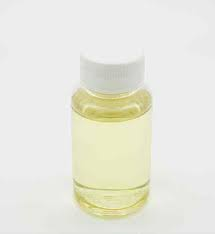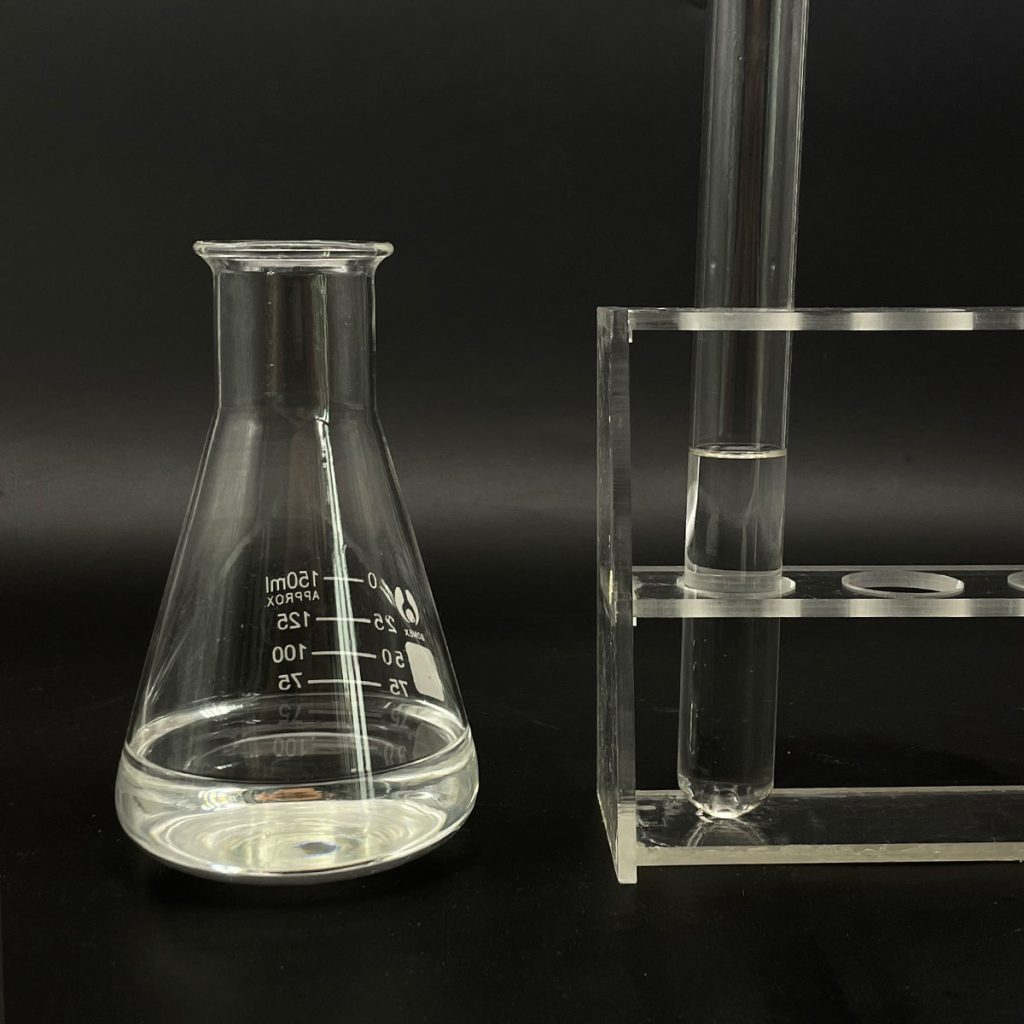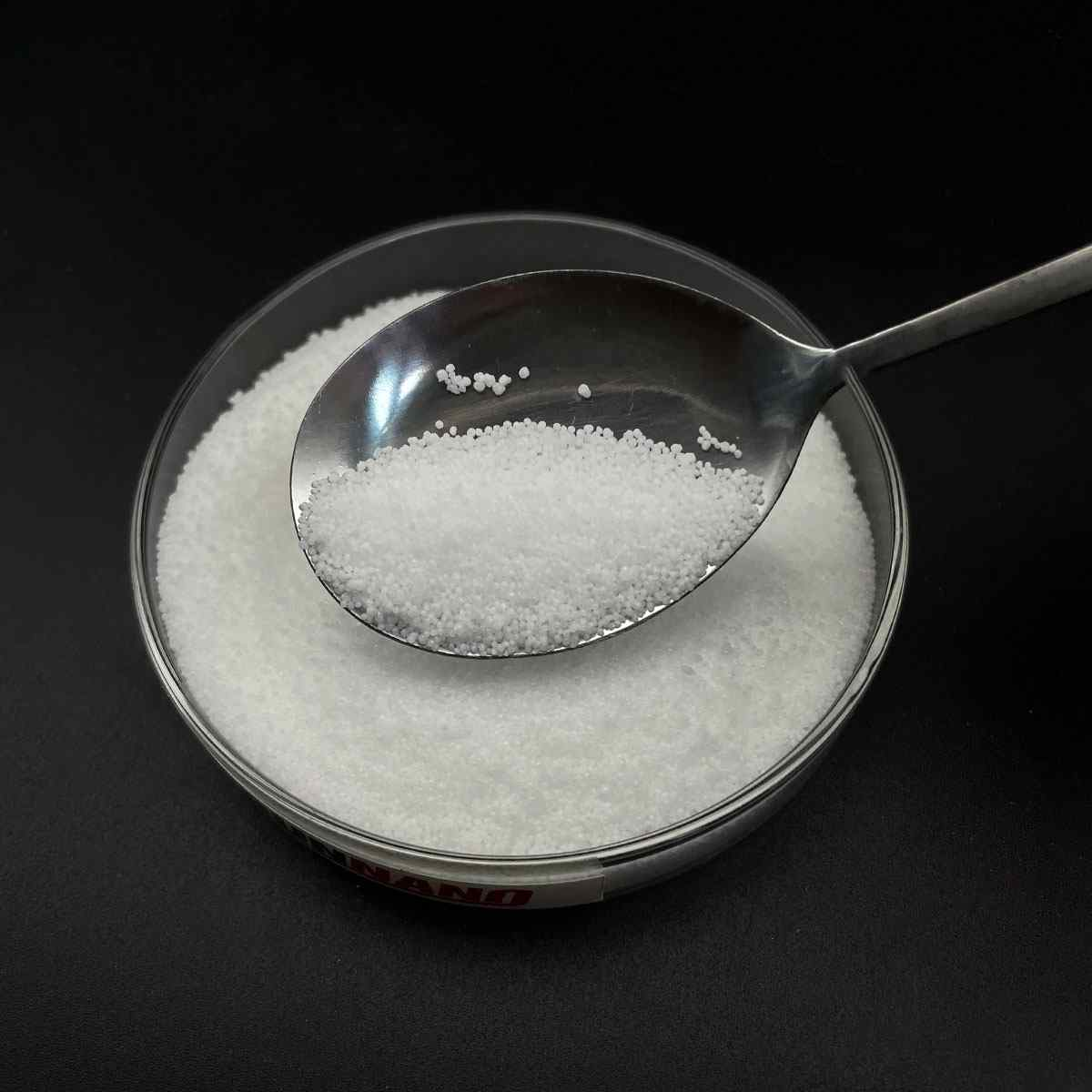1. Introduction
In the past 48 hours, a viral social media post claimed that ‘sodium lauryl sulfate causes cancer,’ reigniting public concern about common cosmetic ingredients. While regulatory agencies like the FDA and EU SCCS maintain that SLS is safe at approved concentrations, the buzz highlights how little many consumers know about this ubiquitous compound. So, what exactly is sodium lauryl sulfate—and why is it in your shampoo, toothpaste, and even weed killer?

2. What Is Sodium Lauryl Sulfate?
Sodium lauryl sulfate (SLS), also known as sodium dodecyl sulfate or natrium lauryl sulfate, is a synthetic anionic surfactant. The terms ‘sls sodium lauryl sulfate,’ ‘na lauryl sulfate,’ and ‘lauryl sulfate’ all refer to the same chemical. Its primary job? To reduce surface tension, allowing water to spread and penetrate more easily—making it a powerful foaming and cleansing agent.
As an anionic surfactant, SLS carries a negative charge in solution, which helps lift dirt and oil from surfaces. This property makes it ideal for everything from dish soap to industrial cleaners. You’ll also see it listed as ‘sodium dodecyl sulfate’ in scientific literature—same molecule, different naming convention.
3. How Does SLS Work as a Surfactant?
The meaning of surfactant is simple: it’s a surface-active agent. Surfactants like SLS have a hydrophilic (water-loving) head and a hydrophobic (oil-loving) tail. This dual nature lets them surround grease and grime, suspending it in water so it rinses away.
SLS is particularly effective because of its strong detergency and high foaming capacity. That rich lather in your shampoo? Largely thanks to SLS or its close cousin, sodium laureth sulfate (also called sodium lauryl ether sulfate or sodium lauryl ether sulphate). Note: ‘sls sodium laureth sulfate’ is a misnomer—SLS and SLES are different compounds, though often confused.

4. Common Uses of SLS Beyond Personal Care
While most associate SLS with shampoos and body washes, it’s also used in agriculture. As a surfactant for herbicides or a surfactant for weed killer, it acts as a lawn wetting agent or wetting agent for grass, helping active ingredients stick to and penetrate waxy plant leaves.
Other industrial applications include:
- Detergents and floor cleaners
- Emulsion polymerization in manufacturing
- Laboratory reagents (e.g., in SDS-PAGE for protein analysis)
- Some toothpastes, where it creates foam and helps disperse flavor
5. Safety and Misconceptions
Despite online rumors, major health authorities agree: SLS is not carcinogenic. However, it can be irritating to skin and eyes at high concentrations—especially for people with sensitive skin or conditions like eczema.

This irritation potential has driven demand for milder alternatives. That’s where ingredients like cocamidopropyl betaine (also called coco betaine, amidopropyl betaine, or coco amido propyl betaine) come in. These amphoteric surfactants are gentler and often paired with SLS to reduce its harshness.
6. Popular SLS Alternatives and Complementary Surfactants
Many brands now formulate with sulfate-free options. Common replacements include:
- Sodium laureth sulfate (SLES): less irritating than SLS due to ethoxylation (it’s an ethoxylated alcohol derivative)
- Alkyl polyglucoside and decyl glucoside: non-ionic surfactants derived from sugar and coconut oil
- Coco glucoside and sodium coco sulfate (sometimes labeled as coco sodium sulfate)
- Sodium lauroyl sarcosinate and lauroyl sarcosinate: mild anionic surfactants used in toothpaste
- Sodium cocoyl isethionate and sodium lauroyl methyl isethionate: ultra-gentle cleansers in solid bars
Other notable surfactants in formulations include polysorbate 80 (a nonionic surfactant), span80, pluronic 127 (poloxamer 188), and bio surfactants like sodium cocoyl glutamate. For agricultural use, lignin sulfonate and methylated seed oil are common nonionic surfactant options.
7. SLS in the Broader Surfactant Landscape
Surfactants fall into four main categories: anionic, cationic, non-ionic, and amphoteric. SLS is firmly in the anionic camp. Cationic surfactants—like cetyl trimethyl ammonium bromide (CTAB) or cetyltrimethylammonium bromide—are positively charged and used in conditioners for their anti-static properties.
Fluoro surfactants, sodium deoxycholate, sodium oleate, and sodium dodecylbenzene sulfonate serve niche roles in labs or industry. Meanwhile, companies like Rohit Surfactants Private Limited supply bulk SLS for global markets—often listed as ‘sodium lauryl sulfate for sale’ in B2B catalogs.
Note: ammonium lauryl sulfate (also called ammonium dodecyl sulfate or ammonium lauryl sulphate) is another anionic surfactant similar to SLS but with an ammonium counterion.
8. Conclusion
Sodium lauryl sulfate remains one of the most effective and cost-efficient surfactants available. While it’s not inherently dangerous, its potential for irritation has spurred innovation in gentler alternatives like alkyl polyglucosides and amphoteric surfactants such as cocamidopropyl betaine. Whether you’re choosing a shampoo, a herbicide, or a lab reagent, understanding the role of SLS—and its many cousins in the surfactant family—helps you make informed decisions. And no, despite the latest viral claim, it won’t give you cancer.
Our Website founded on October 17, 2012, is a high-tech enterprise committed to the research and development, production, processing, sales and technical services of ceramic relative materials such as What. Our products includes but not limited to Boron Carbide Ceramic Products, Boron Nitride Ceramic Products, Silicon Carbide Ceramic Products, Silicon Nitride Ceramic Products, Zirconium Dioxide Ceramic Products, etc. If you are interested, please feel free to contact us.


